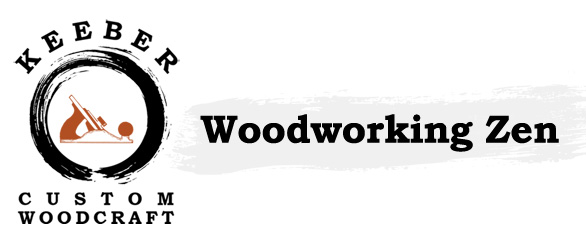Prototyping, or Learning and Burning!
Been away from posting for too long! Since my last post, I have done a lot of work, but haven’t made any posts. But, after doing a major remodel in our home (kitchen and master bath), I wanted to catch up showing what has been going on. As a final part of the kitchen remodel, Joy asked me to build some bar stools to go under the extended counter on the island. The trouble with this was that I haven’t built chairs or stools before. The biggest challenge in my estimation was the layout of the mortises through the seats. What stumped me was where to locate the holes, and at what angle. The legs have splay (angled out from the front point of view) and rake (angled out from the side point of view). Given a specific footprint, where were the mortise holes, what were those angles and what was the resultant angle (the combination of the angles off the front and the side).
Mankind has been making chairs for millenium and this sort of layout math has been done countless times thoughout furniture-making history. But, the math eluded me. A lengthy search of the Web didn’t garner much explanation of this process, either. The one clear explanation came from a YouTube channel titled “Wood Choppin’ Time” by a woodworker named Chad Stanton. He created two videos detailing the math and layout of legs. Eureka! I had what I needed.
My next challenge was doing this layout and the actual drilling of the mortises on expensive wood. The seats of the stools are hickory and the legs and back are of black walnut. To be honest, I was freaked out at the prospect of making a mistake and wasting good lumber. Remembering a wood mill in Flagstaff, AZ that mills ponderosa (yellow) pine, I decided to create prototypes of the stools in material that was inexpensive. It was a very forgiving process that allowed me to make mistakes in design, layout and execution without burning up money. A truckful of ponderosa pine was about $100. It was green and tended to gum up my blades, and after making the piece, it tended to warp. But, it allowed me to waste lumber making mistakes, the result of which was the ability to experiment and, if things didn’t work out, lumber to burn – in the fireplace!
In the end, the process of making prototypes was very freeing and gave me the room to screw up and do so with no worries. The first iteration was square legs and the overall appearance was more that of a brick than a stool. After that, I determined to turn the legs on the lathe, adjust some angles, and fiddle with the profile of the stretchers until the design and skills solidified. The picture above is the final iteration (save for a final tweak on the stretcher profiles) before I turned my efforts to the actual build.
Another skill learned apart from layout of the mortises, was the fact that I hadn’t done much work on the lathe, and all the legs and stretchers needed to be turned. So, I got my basic chops for turning the legs using the ponderosa before jumping into the walnut. Another advantage of prototyping! Setting up the angles for drilling the mortises on the legs also was helped with the prototype.
These pics are shots of the various parts constructed with less worry and concern because I had worked out the details on the ponderosa prototypes.
Hickory seat blanks with mortises drilled
Legs turned in black walnut.
Drilling the angled mortises in the legs for the stretchers.
Glue-up was a challenge to ensure square, level and without any twist.
Final glue-up of the backs. Plastic bags cover the legs protect against drips of glue.
The lessons learned on this project were numerous, and prototyping allowed me to experiment, solve engineering problems, make mistakes, and practice the multi-step glue up on material that was ultimately destined for the fireplace. It is a process that I will use for future projects.








